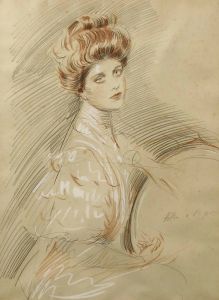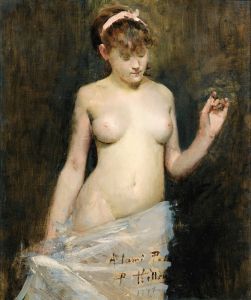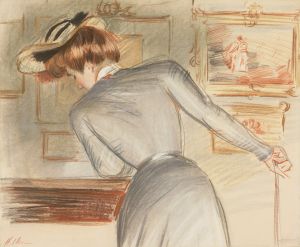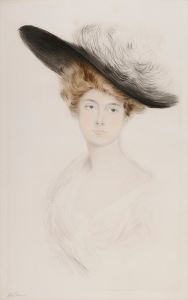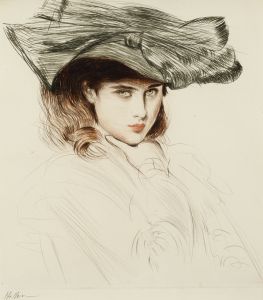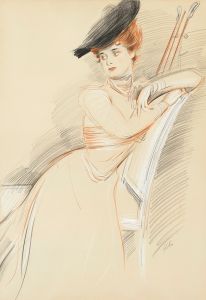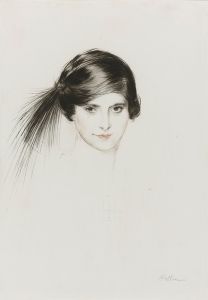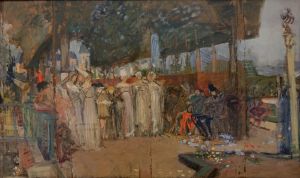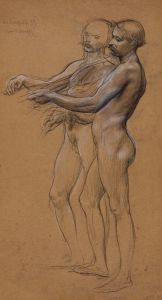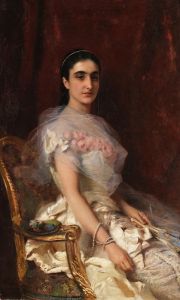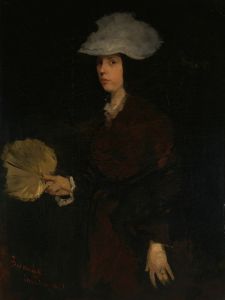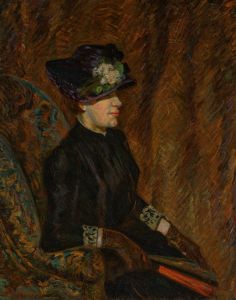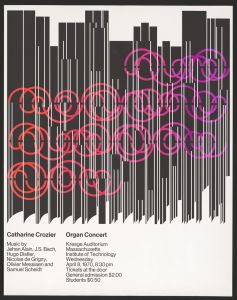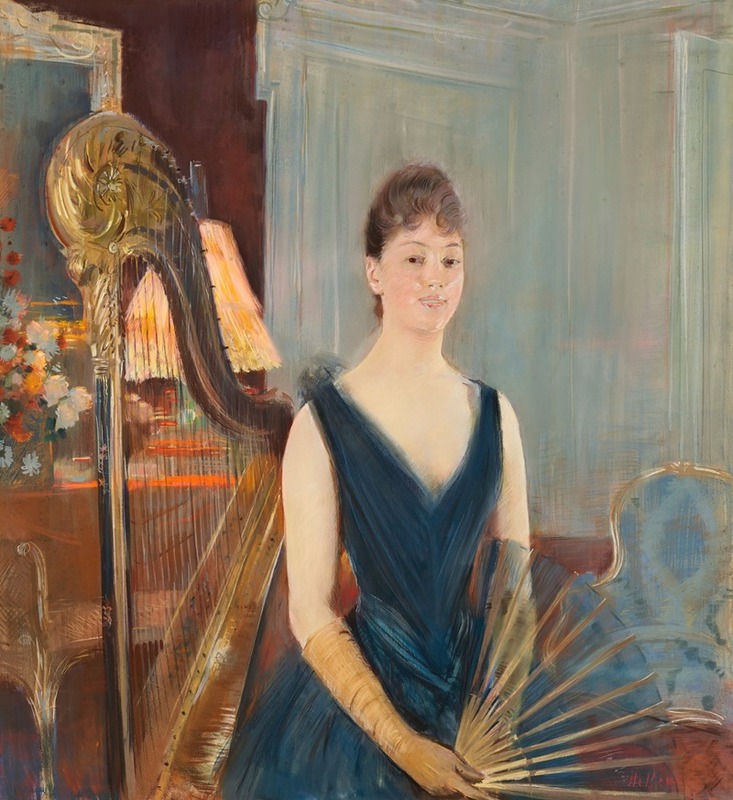
Harpiste assise à l’éventail
A hand-painted replica of Paul César Helleu’s masterpiece Harpiste assise à l’éventail, meticulously crafted by professional artists to capture the true essence of the original. Each piece is created with museum-quality canvas and rare mineral pigments, carefully painted by experienced artists with delicate brushstrokes and rich, layered colors to perfectly recreate the texture of the original artwork. Unlike machine-printed reproductions, this hand-painted version brings the painting to life, infused with the artist’s emotions and skill in every stroke. Whether for personal collection or home decoration, it instantly elevates the artistic atmosphere of any space.
Paul César Helleu was a renowned French artist known for his elegant portraits of society women during the Belle Époque period. One of his notable works is "Harpiste assise à l’éventail," which translates to "Seated Harpist with a Fan." This artwork exemplifies Helleu's distinctive style, characterized by its graceful depiction of femininity and the use of delicate lines.
Helleu was born on December 17, 1859, in Vannes, France. He studied at the École des Beaux-Arts in Paris, where he was influenced by the works of Jean-Léon Gérôme and other academic painters. However, Helleu soon developed his unique approach, which combined elements of Impressionism with a focus on portraiture. He became particularly known for his drypoint etchings, a technique that allowed him to create intricate and expressive lines.
"Harpiste assise à l’éventail" is a testament to Helleu's skill in capturing the elegance and poise of his subjects. The painting features a seated woman, presumably a harpist, holding a fan. The composition is intimate, drawing the viewer's attention to the subject's serene expression and the graceful positioning of her hands. The use of light and shadow in the artwork highlights the textures of the woman's attire and the delicate features of her face.
Helleu's choice of subject matter reflects the cultural milieu of the Belle Époque, a period marked by artistic flourishing and a fascination with beauty and leisure. Women were often depicted in leisurely activities, embodying the era's ideals of grace and sophistication. The harp, a symbol of music and refinement, further emphasizes the cultural context of the painting.
Throughout his career, Helleu was celebrated for his ability to portray the fashionable women of his time. His works were highly sought after by collectors and were exhibited in prestigious galleries across Europe and the United States. Helleu's friendships with other prominent artists, such as John Singer Sargent and Claude Monet, also contributed to his reputation in the art world.
"Harpiste assise à l’éventail" is a fine example of Helleu's mastery of portraiture and his ability to convey the elegance of his subjects. The painting remains a significant piece within his oeuvre, illustrating the artist's dedication to capturing the essence of the Belle Époque's societal elite.
Paul César Helleu passed away on March 23, 1927, in Paris, leaving behind a legacy of artworks that continue to be admired for their beauty and technical skill. His contributions to the art world, particularly in the realm of portraiture, have cemented his place as a key figure in the history of French art.





